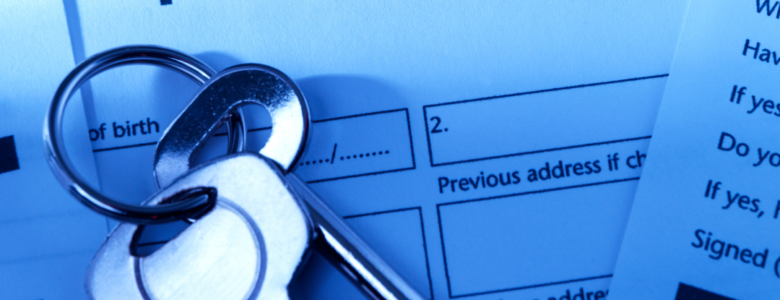As we age, many of us begin to worry about retirement and how we will finance it. For some seniors, reverse mortgages can be a useful tool to help fund their retirement. However, before deciding to apply for a reverse mortgage, it’s essential to understand the eligibility requirements and application process. In this blog post, we’ll take an in-depth look at the eligibility requirements for reverse mortgages, as well as the steps involved in the application process.
Eligibility Requirements:
To be eligible for a reverse mortgage, you must meet the following requirements:
- Age:
You must be at least 62 years old to qualify for a reverse mortgage. If you have a spouse who is not yet 62, they can still be on the loan, but the amount of the loan will be based on the younger spouse’s age.
- Home Ownership:
You must own your home outright or have a substantial amount of equity in your home. If you have a mortgage, you may still be eligible, but you will need to pay off the outstanding balance with the proceeds from the reverse mortgage.
- Home Type:
The home must be your primary residence, meaning that you live in it for at least six months out of the year.
- Financial Assessment:
Lenders will perform a financial assessment to ensure that you can meet your financial obligations, including property taxes, homeowner’s insurance, and maintenance costs.
Application Process:
If you meet the eligibility requirements, the next step is to apply for a reverse mortgage. Here are the steps involved in the application process:
- Counseling:
Before applying for a reverse mortgage, you must attend a counseling session with a HUD-approved counselor. The counselor will review the pros and cons of a reverse mortgage, as well as the alternatives, and help you determine if a reverse mortgage is right for you.
- Application:
After counseling, you can begin the application process. You will need to provide personal information, such as your name, address, and Social Security number, as well as information about your home, such as its value and your current mortgage balance.
- Appraisal:
The lender will order an appraisal of your home to determine its current value. This value will be used to calculate the amount of money you can borrow.
- Underwriting:
The lender will review your application, including your credit history and financial assessment, and determine if you meet their underwriting requirements.
- Closing:
Once your loan is approved, you must attend a closing session to sign the loan documents and receive your funds, which can be provided in a lump sum, line of credit, or monthly payments.
A reverse mortgage can be a useful tool for seniors looking to fund their retirement. However, it’s essential to understand the eligibility requirements and application process before applying. To fully understand the loan terms, attend counseling and work with a trusted lender before applying for a reverse mortgage. With the right guidance and knowledge, seniors can access the equity in their homes through a reverse mortgage.








